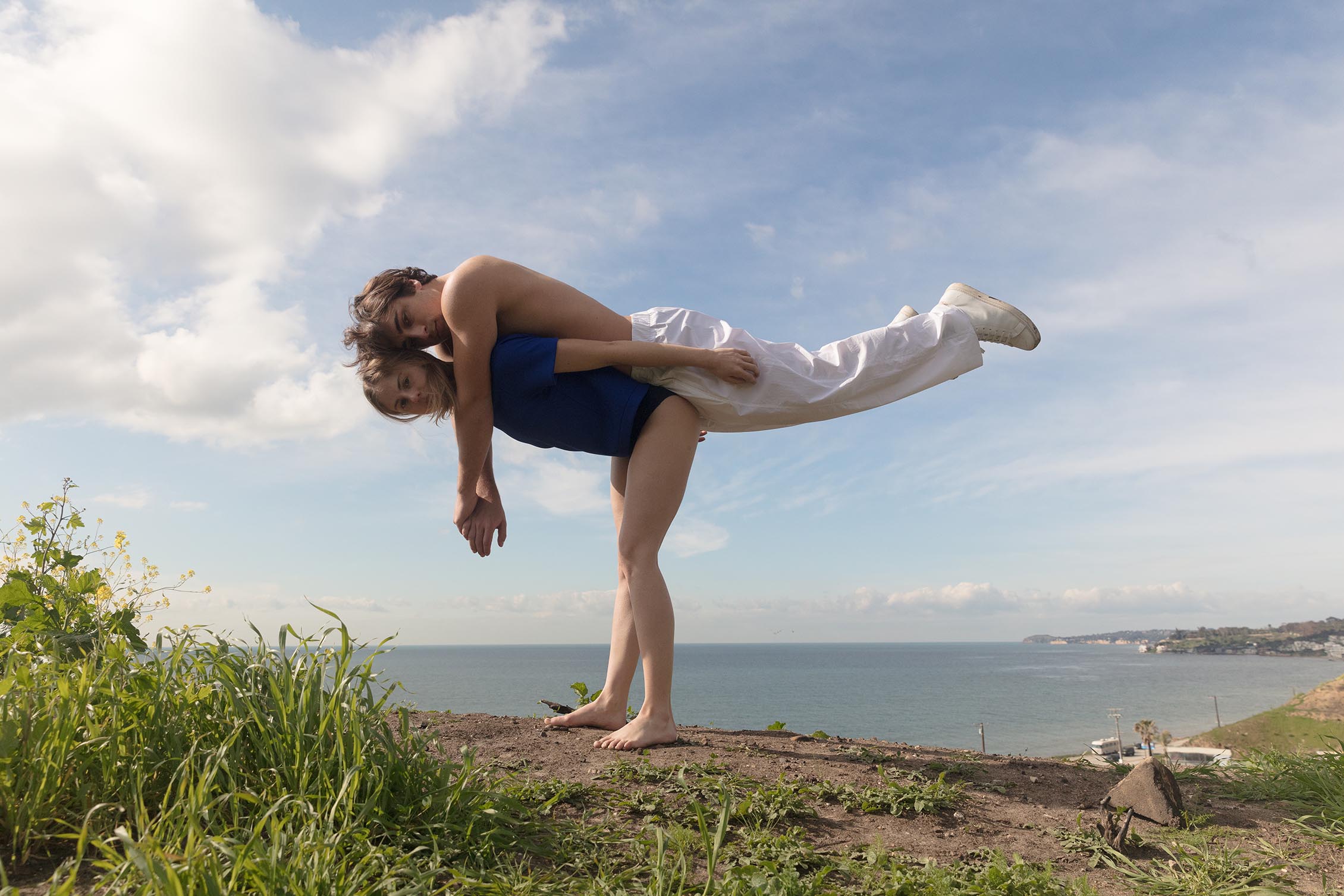
When Jacob Jonas looks at the Los Angeles dance world, he sees what all of us see: a lot of creative activity but little visibility and support. Still, this 26-year-old dancer, choreographer and company leader isn’t waiting around for PBS or the National Endowment for the Arts because public funding for American dance has been dwindling since before he was born. Instead, Jonas is doing it himself, working to create a higher profile for serious dance in this city with a level of commitment—maybe obsession—that has earned him love and respect, but also criticism from those who feel he jumped the line rather than waiting his turn.
“I’m hungry to make shit, and I don’t want to wait around,” insists Jonas, who was born in Santa Monica and discovered dance at the age of 13 watching the Calypso Tumblers, a street-performing group on the Venice Beach Boardwalk.
Since that pivotal chance encounter, Jonas has gone on to choreograph works performed throughout North America, including at DTLA’s The Music Center and Lincoln Center’s Alice Tully Hall. He has directed dance films that have premiered on NOWNESS and at the San Francisco Dance Film Festival, and collaborated on advertisements with such brands as Nike, Sony, James Perse and the Getty Museum. He has lectured at USC, UCLA and CalArts, and was invited to participate in the 2017 annual Arts Summit hosted by the Kennedy Center and Yo-Yo Ma for his arts advocacy.
“I feel like I’m not getting enough done right now, but a lot of people say, ‘It looks like you’re in a hurry.’ I feel like I’m not, so that’s one side of it,” he explains. “The other side is I’m being told I’m not going to be successful, that dance isn’t lucrative, that it’s not sustainable. I’m just not going to accept that.”
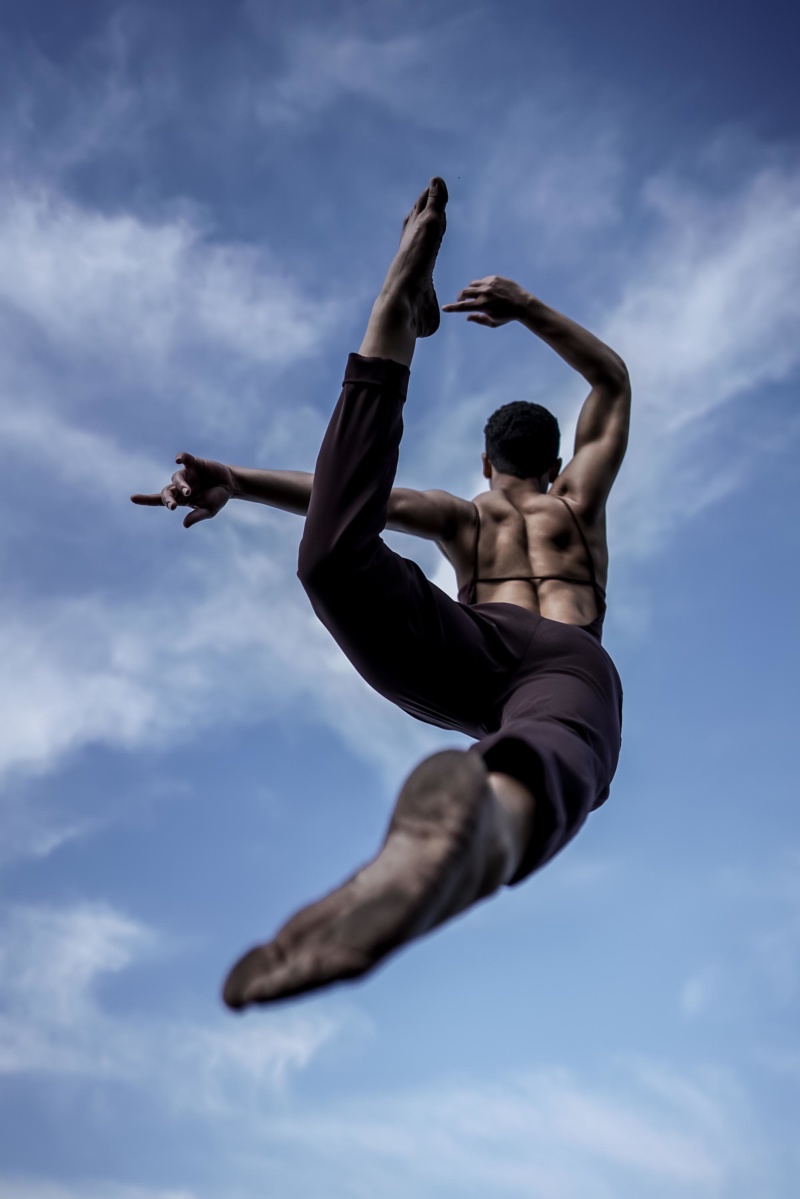
Jonas founded Jacob Jonas The Company in 2014 and became a relentless advocate for dance. He persuaded leaders who control dance spaces to allow free dance events on the Santa Monica Pier and to open the studios at the Los Angeles Ballet Center as a platform for experimental choreography and works in progress. He has taken the fight to social media with his innovative #CamerasandDancers initiative, which has included collaborations with photographers and influencers in 50 cities—and counting—in North America, Germany and England to not only raise the profile of dance, but to bond with a whole new constituency.
For each of these site-specific happenings, Jonas recruits a trifecta of a host committee: one dance company, one photographer and a cultural institution or significant architectural space. Partners in these three-to-four-hour sessions of creative spontaneity have included the New York City Ballet, London’s Royal Ballet, Pei Ketron (@pketron) and Ravi Vora (@ravivora)—who have 779K and 830K Instagram followers respectively—San Francisco’s de Young Museum and New York’s Whitney Museum. Sometimes choreographing, sometimes dancing and oftentimes shooting his own photography alongside, Jonas continues to organize these meetups monthly. Along the way, he’s amassed a library of dynamic online imagery, which is shared on social media exponentially, and a small, but powerful—and growing—army of artists, creative collaborators, supporters and friends, such as Djeneba Aduayom, with whom he worked in tandem to capture the images on these pages.
Jonas’ partner in his extensive outreach activities—and in every other aspect of his personal and creative life—is 24-year-old Jill Wilson, a co-founder of the company. The two form a younger version of the mom-and-pop enterprises familiar throughout American dance, including the Los Angeles Ballet. Wilson doesn’t choreograph, but her ballet background adds another dimension to Jonas’ contemporary style, and her expertise as Managing Director of Jacob Jonas The Company helps to give Jonas’ dreams a solid footing.
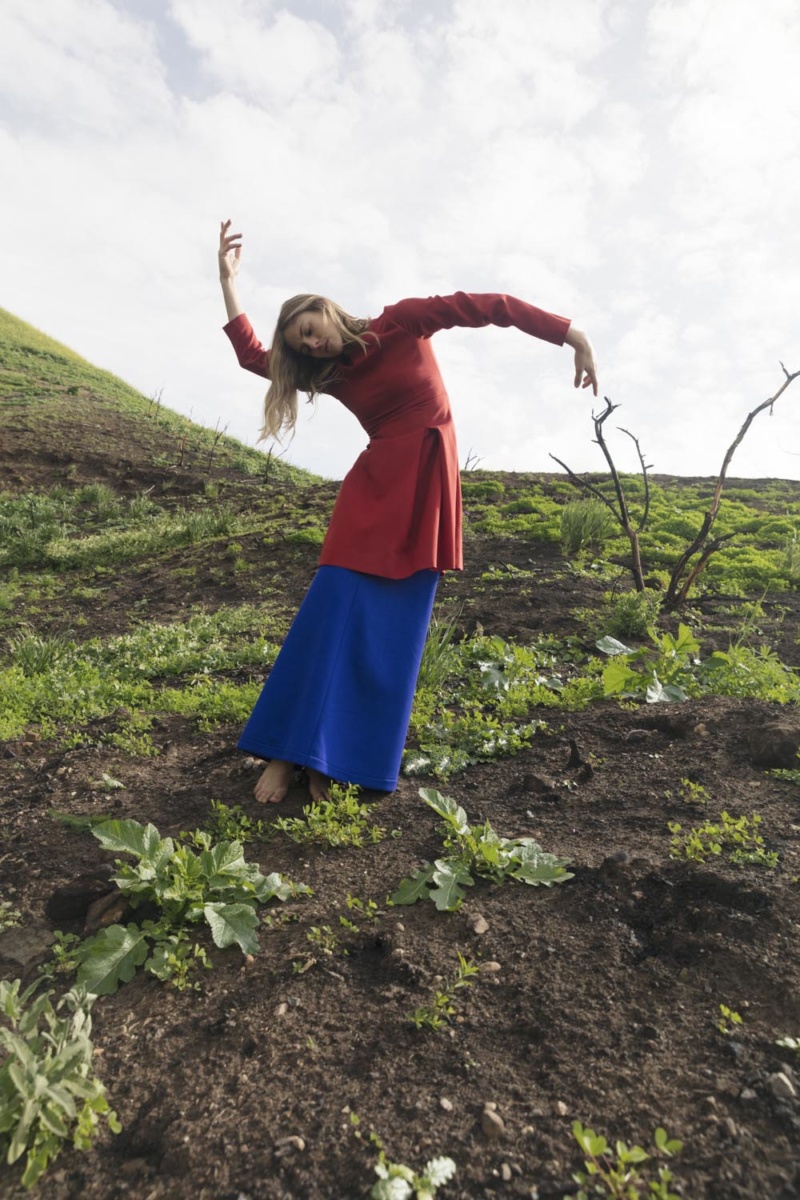
“We didn’t really know what we were getting ourselves into when we started,” she recalls. “We were so young; we just went with what we knew about the time we were living in, with all of the media and the type of work being done and the people around us.” It’s Jacob’s “adaptability” that sets him apart she says. “The work he makes for his company is very specific for those dancers. It’s really about freeing people and showcasing their strengths and how they come together through a fusion of their styles and backgrounds.”
That inimitable Jacob Jonas fusion of styles and backgrounds proved the passport to becoming the resident dance company at the au courant Wallis Annenberg Center for the Performing Arts in Beverly Hills. For local dance, it’s a very big deal. Most Southland performing arts centers kick LA companies to the curb, restricting them to adjacent parks and plazas. In contrast, The Wallis has always presented Jonas as a mainstage attraction and will again on May 10 and 11—the company’s second engagement of the year.
“Energy is everything in my work,” Jonas says, and the connection he forms with his audience is partly due to the kinetic force field he creates. But a major component is diversity—not ballet diversity, where traditionally just one black woman is allowed to dance roles made a century ago by white choreographers for white dancers. Not even standard off-the-rack modern dance diversity, where the ensemble reflects the contemporary American demographic, but the movement does not. No, Jonas’ choreography is diverse to its core, building upon generations of locally based artists who contrasted the academy and the street. But he also subordinates blatant stylistic contrasts to the interplay of individual movement identities. Audiences get it, and so do other dancers.
“It was very him, very original, not tainted by somebody else’s view of what dance should be,” remembers dancer Mike Tyus, now company Rehearsal Director, of seeing Jonas’ choreography for the first time. “It was crazy, with some nutty moves in there, and it’s not like you were able to determine what would happen next. I’d never seen something like it before, and I liked how dynamic it was, how energetic it was. I saw myself doing things that I wanted to learn how to do.”
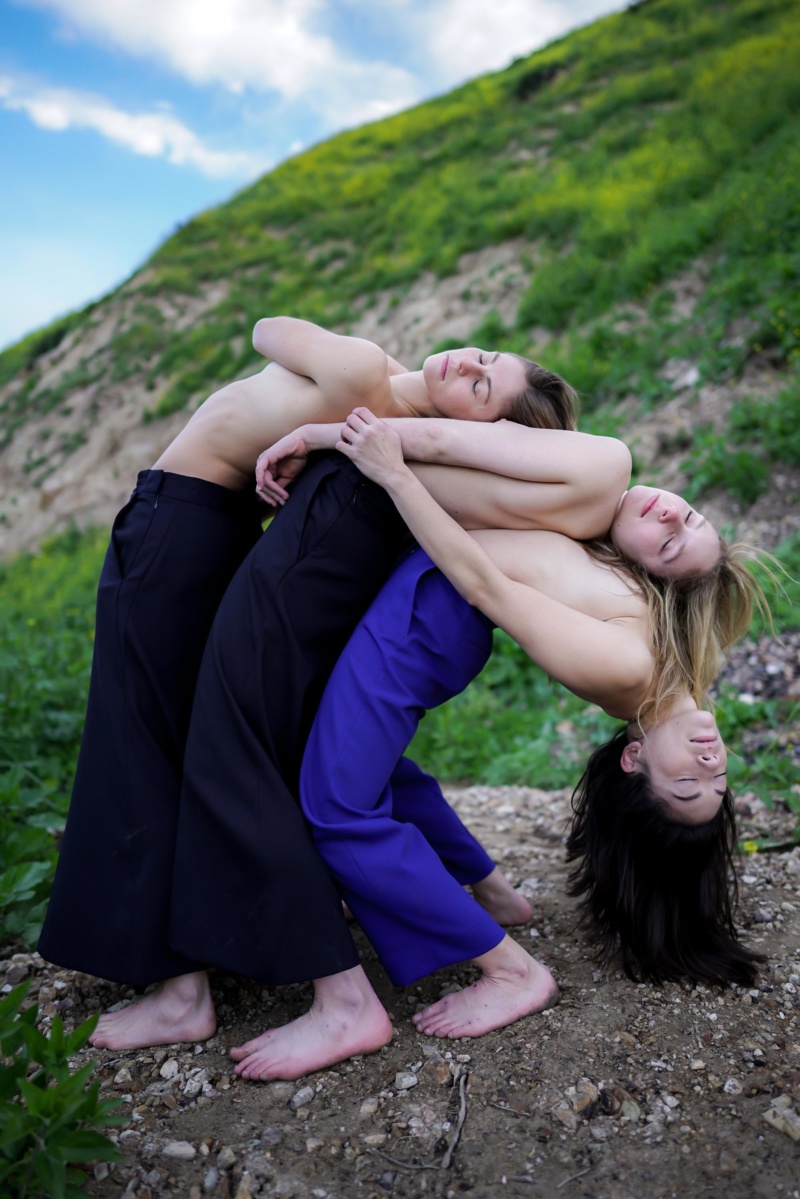
Jonas may not seem like an underdog, but he has experienced his own set of personal challenges, reinforcing the sense of being an outsider that most artists share. First, he’s Jewish and actively involved in the Jewish community in an era when anti-Semitism is on the rise. He also faces chronic illness. Diagnosed with Crohn’s disease at 18 and hospitalized occasionally since, he’s aware that his dancing days could end at any moment—a good reason to be in a hurry.
Jonas remembers being bullied in high school, emerging with a strong sense of self-reliance and a fighting spirit. Connections to his life can be found in a number of his works—among them a dance-drama that turns a woman’s battle with a deadly disease into a lethal confrontation with an unyielding man—but he’s also created potent action-paintings from the abstraction of oceanic movement and the interpersonal need to create a sense of community when hashtags threaten to tear us apart. He reluctantly admits to occasional setbacks, some involving personnel problems, some centered on choreographic or staging miscalculations. Indeed, watching Jonas’ studio rehearsals has sometimes proved more exciting than the subsequent performances because the heat of dancer proximity cooled off behind the proscenium.
You could argue everyone’s 20s are about coming to terms with what one really wants, feeling deeply and learning from one’s inevitable mistakes. Jacob is certainly a fast learner, and he’s determined to not let the critics deter him from his goal. Beneath the sweetness and charm that has beguiled supporters and journalists alike, that high school outcast is watching everything that moves, resolute in his mission to have his way with the dance world, no matter the obstacles he encounters.
“Am I going to hate you?” he asks a writer after a recent interview. Maybe so, but words are not going to stop Jonas. He first used dance as a way to escape his personal struggles. Now he aims to impact society. “I want to inspire people,” Jonas declares. “I want to inspire the everyday person through making dance that is dope and real, visible and valued. I don’t want the next kid, who wants to be like me or Mike or Jill or anybody else, but doesn’t have the ambition that I did or whose parents aren’t supportive, [to give up], and then we lose really great artists.”
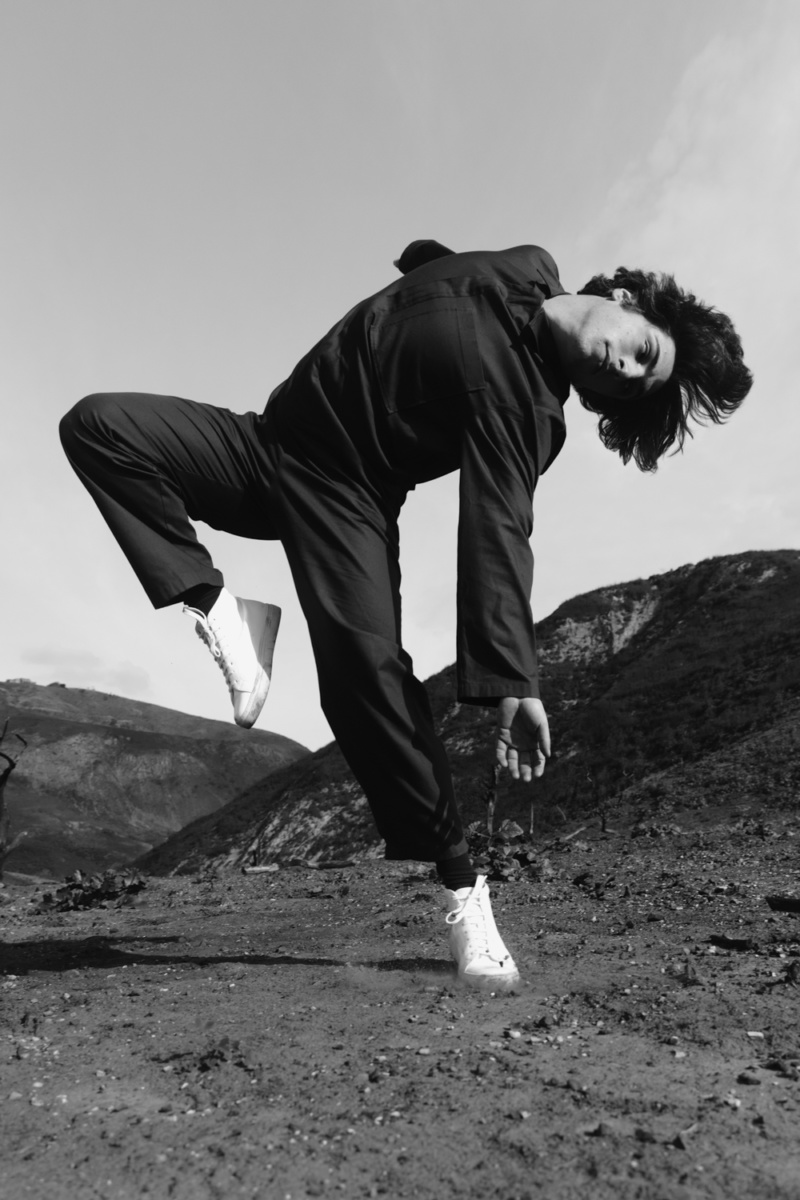










 in your life?
in your life?

